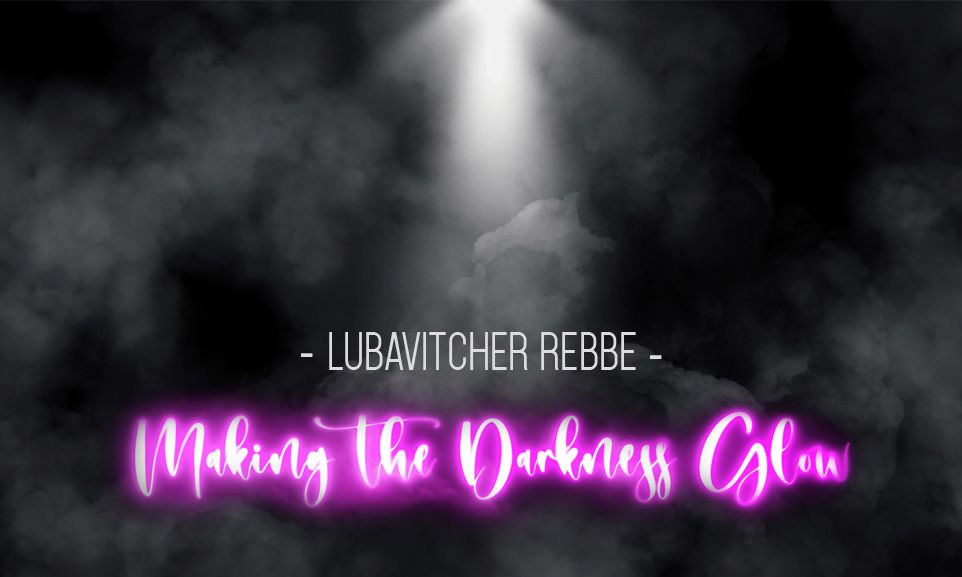
Making the Darkness Glow
The miracle of Chanukah took place in a time of darkness, when the Greeks, who had conquered the Land of Israel, sought to impose their culture upon its inhabitants...

On Chanukah, the Previous Rebbe would tell his chassidim,[1] “We must listen carefully to what the candles are saying.” In fact, the message of the Chanukah lights affects the entire scope of our service of G-d throughout the year, for “a mitzvah is a lamp and Torah is light.”[2] Though every mitzvah is a lamp which lights up the darkness of our material world, this illumination is more manifest in those mitzvot which are associated with visible light.
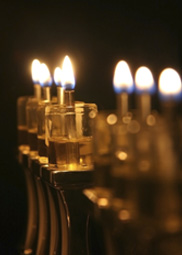 The spiritual implications of the Chanukah lights are reflected in the halachic details that regulate the performance of the mitzvah. For a start, the Chanukah lights should be kindled after sunset and must burn into the night.[3] Furthermore, they should be placed “at the outside of the entrance to one’s home,”[4] which shows that they are primarily intended to illuminate the public domain rather than one’s own home.
The spiritual implications of the Chanukah lights are reflected in the halachic details that regulate the performance of the mitzvah. For a start, the Chanukah lights should be kindled after sunset and must burn into the night.[3] Furthermore, they should be placed “at the outside of the entrance to one’s home,”[4] which shows that they are primarily intended to illuminate the public domain rather than one’s own home.
The darkness of night and the public domain represent the aspects of our material existence which obscure G-dly light and prevent us from appreciating G-d’s all-pervasive unity. By kindling Chanukah candles, we generate light which elevates the material realm and reveals its G-dly nature.
No other mitzvah so directly elevates those aspects of material existence which conceal G-dliness. The positive commandments of the Torah affect only things which are by nature fit to be elevated. For this reason, positive commandments cannot be fulfilled with materials that are not kosher.[5] Even the Torah’s prohibitions, the commandments that are concerned with material elements which cannot be refined, do not elevate these negative forces; the purpose of these prohibitions is merely to negate their influence. The Chanukah candles, however, are able to refine and elevate the darkness of the public domain, causing it to shine with G-dly light.
To Make the Darkness Glow
The unique power of the Chanukah lights is linked to the nature of the miracle they commemorate. The miracle of Chanukah took place in a time of darkness, when the Greeks, who had conquered the Land of Israel, sought to impose their culture upon its inhabitants. Despite the strong influence of the assimilated Jewish Hellenists, the Maccabees were able to instill in the Jewish people a spirit of mesirut nefesh (self-sacrifice) and teshuvah (return to G-d). This inspired them to fight the Greeks, defeat them, and rededicate the Beis HaMikdash. Since the Jewish victory involved the transformation of darkness into light, the Chanukah lights which commemorate it also have this power.
And they teach us that when confronted with darkness, we must not resign ourselves to it. Nor may we remain content with lighting up our own homes. Instead, we must reach out and spread light as far as we possibly can, until the public domain too is illuminated.
Transcending Even Spiritual Self-Interest
The Chanukah hymn beginning HaNeirot Hallalu[6] records another halachic requirement: “These lights are holy and we are not permitted to make use of them, only to look at them.” That is, though the Chanukah candles must burn into the night, when their light would be useful, we are not allowed to make use of it. To ensure this, we light an extra candle, the shamash, and place it above the others, so that any unintentional benefit from the light is attributable to the shamash[7] and not the lamps lit for the performance of the mitzvah.
These laws reflect the unique nature of this mitzvah. Though every mitzvah earns a reward, in certain cases the reward is spiritual, while in others it is also manifest in the material world. The visible light of the Chanukah candles indicates that the positive effects generated by this mitzvah are apparent in our material world as well as in the spiritual realm.
However, just as we do not make use of the light of the Chanukah lights for mundane purposes, our goal in performing this mitzvah is not material reward. We fulfill it only because “You have sanctified us with Your commandments and commanded us,”[8] without thought of reward or any other ulterior motive. This level of performance, avodah lishmah (“divine service for its own sake”), is the highest that can be attained through our own spiritual endeavors.[9]
Like much human behavior, even our divine service may be motivated by a desire for spiritual, if not material, rewards. The Chanukah lights teach us to transcend our tendencies toward self-interest and dedicate ourselves to serving G-d for His sake alone. The Chanukah lights, which burn in the darkness of the night, demonstrate moreover that we can reach this advanced level of divine service, not only during daylight (which symbolizes manifest G-dliness), but also in times when effort is necessary to transform the darkness around us.
Attaining the Heights of Divine Service
Another halachic consideration: The custom in all Jewish homes is to add one candle every night to the number of candles lit the previous night. This custom is universal, even though technically, the minimum halachic requirement may be satisfied by lighting only one candle on each of the nights of Chanukah.[10] Our practice thus follows the style of the mehadrin (“those who are lovingly punctilious”) and who embellish the mitzvah by sparing neither expense nor effort in observing it.
There is, moreover, a higher level of fulfilling the mitzvah, the manner of those who are mehadrin min hamehadrin (“the most punctilious of all”), who display a level of hiddur which surpasses the above-mentioned level of the mehadrin.
Performing the mitzvah on the superior level of mehadrin min hamehadrin involves adding a new candle every night for each member of the household.[11] Significantly, it is common practice today for everyone to kindle the Chanukah lights in this fashion.[12] Throughout the Jewish world, even in circles where the observance of many other mitzvot leaves room for improvement, this mitzvah is commonly observed on the level of mehadrin min hamehadrin.
Our ability to fulfill this mitzvah in this manner was bequeathed to us by the Maccabees. When they rededicated the Beis HaMikdash, Torah law would have permitted them to light the golden Menorah with ritually impure oil. For the obligation to kindle the Menorah in a state of ritual purity is, as we also find with regard to the communal offerings, waived when there is no alternative.[13] The Maccabees, however, refused to be satisfied with the minimum fulfillment of the mitzvah. Determined to kindle the Menorah as perfectly as possible, as befits mehadrin min hamehadrin, they decided to use only pure oil.
To make this possible, since preparing fresh oil took eight days, G-d intervened in the natural order and performed the Chanukah miracle: a single cruse with enough pure olive oil to last one day remained burning for eight days. We commemorate this miracle by following the Maccabees’ example and kindling our Chanukah lights in the manner of mehadrin min hamehadrin.
To Continually Increase Light
Adding a new Chanukah candle every night teaches us that every day we must increase our endeavors to spread light throughout the world. Though we lit up our environment on the previous night, even at the level of mehadrin min hamehadrin, we cannot rest content. As our Sages explain,[14] lighting the Chanukah candles exemplifies the principle, “Always advance higher in holy matters.”
Beginning with the second night of Chanukah (the first time we add a candle), we express this principle for an entire week, increasing the number of candles every night. A week is a complete time cycle[15] which contains in potential form all the possible situations a person might encounter. Adding a new light on every night of Chanukah demonstrates – and reinforces – a commitment to progress continuously, come what may.
The lessons we learn from the Chanukah lights should be applied in every aspect of our lives. Every day should lead us to further growth and create new opportunities for spreading G-dly light in our homes and in the world. Thus understood, the kindling of the Chanukah lights will serve as a catalyst to bring about the ultimate light that will illuminate the world in the Era of the Redemption.
Chanukah is bound to the Era of Redemption by the number eight, which is both the number of nights on which we light Chanukah candles and a number intimately associated with that ultimate age.[16] Our kindling of Chanukah candles both anticipates and precipitates the Era when “a priest will appear in Zion”[17] and light the Menorah in the Beis HaMikdash. May this take place in the immediate future.
* * *
- (Back to text) Kuntreis Baruch SheAsah Nissim (Kehot, N.Y., 5711).
- (Back to text) Mishlei 6:23.
- (Back to text) See Shabbos 21b; Shulchan Aruch, Orach Chayim 672:1-2.
- (Back to text) Shabbos, loc. cit.
- (Back to text) Shabbos 28b.
- (Back to text) Siddur Tehillat HaShem, p. 339.
- (Back to text) Shulchan Aruch, Orach Chayim 673:1.
- (Back to text) The wording of the blessing recited before the performance of a mitzvah.
- (Back to text) Rambam, Mishneh Torah, Hilchos Teshuvah 10:4-5.
- (Back to text) Shabbos 21b; Rambam, Mishneh Torah, Hilchos Chanukah 4:1; Tur Shulchan Aruch, Orach Chayim 671:2..
- (Back to text) Op. cit.
- (Back to text) Rama, Orach Chayim 671:2.
- (Back to text) Zevachim 22b; Rambam, Hilchos Bias HaMikdash 4:9.
- (Back to text) Shabbos, loc. cit.
- (Back to text) See Sefer HaMaamarim 5678, p. 269ff.; 5704, p. 192 ff.
- (Back to text) Arachin 13b; Or HaTorah on Chanukah, 326b ff.
- (Back to text) A traditional blessing used throughout the ages.
***
(Excerpts from “Sichos in English”, reprinted with the kind permission of www.sichosinenglish.org)


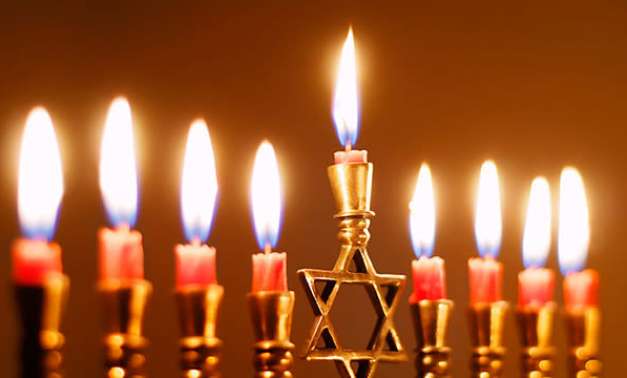
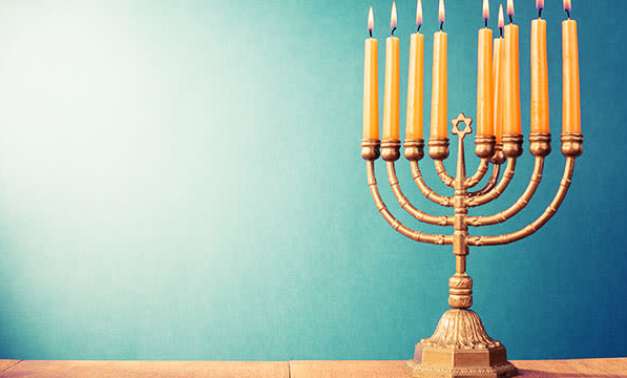
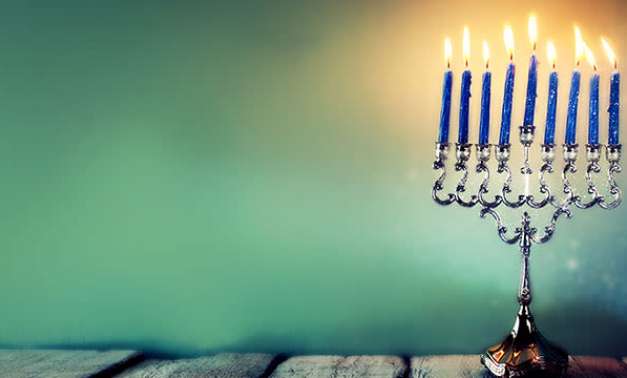

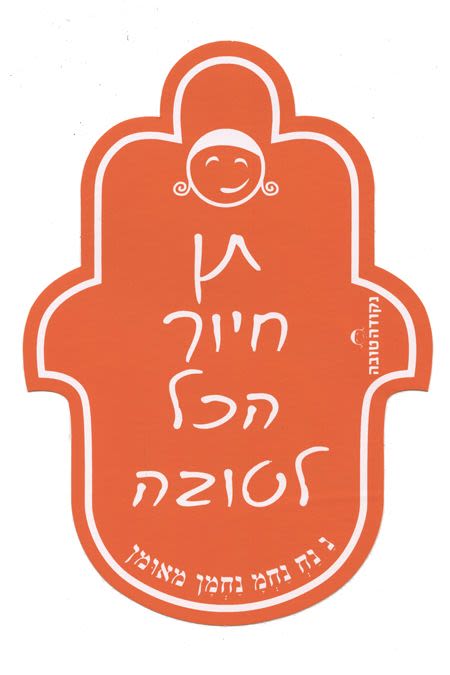
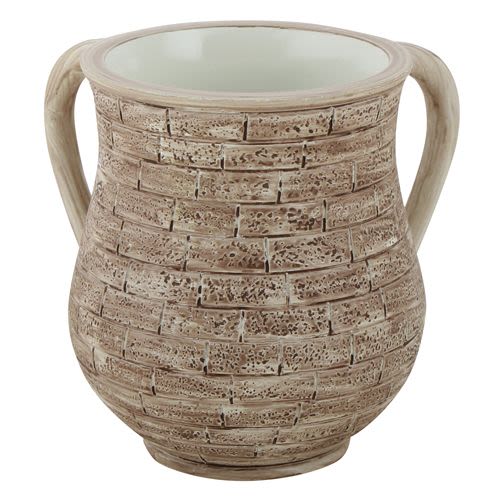

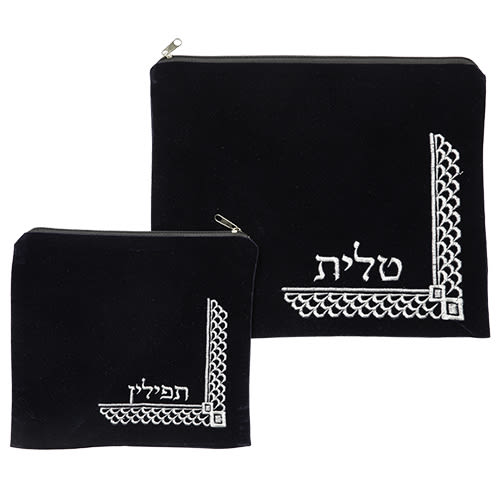
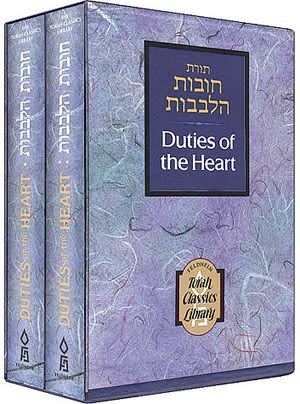
Tell us what you think!
Thank you for your comment!
It will be published after approval by the Editor.